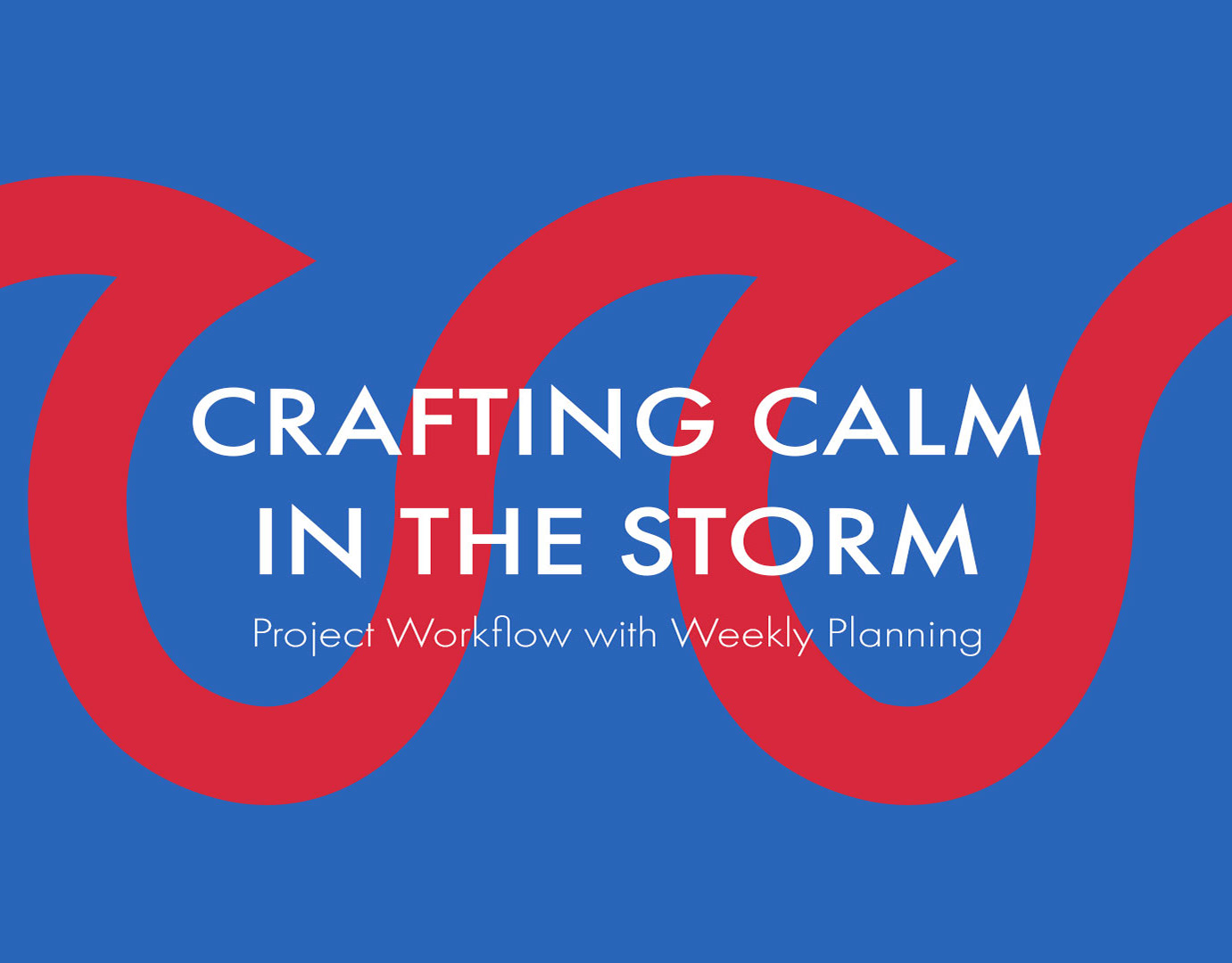Amidst the myriad of productivity hacks and organizational strategies that flood our digital landscape, one method stands out for its simplicity and effectiveness: time blocking. This focused approach to using a weekly planner isn't just about listing tasks; it's about assigning them specific slots in your week, transforming a simple plan into a commitment. But why does time blocking wield such transformative power, and how can you harness it to not only manage your time but master it?
The Philosophy of Time Blocking
Time blocking is not just about filling slots in a planner; it's about affirming the value of your time and dedicating it with purpose. This approach is grounded in the belief that where we allocate our hours reflects our priorities and shapes our outcomes. It encourages us to segment our day into dedicated blocks of time, each earmarked for specific tasks or categories of activity. This deliberate structuring is proven to enhance focus, reduce the cognitive load of task-switching, and foster a deeper engagement with our work and passions.
Crafting Your Time-Blocked Week
Embarking on time blocking begins with an overview of your week—pinpointing your key priorities, envisioning your goals, and acknowledging your personal rhythms. Here’s how to set the stage:
Prioritize:
Start with your non-negotiables—those tasks, commitments, or routines central to your well-being and progress.
Theme Your Days:
Assign specific days to focus areas, such as 'Creative Mondays' or 'Admin Fridays,' to align your energy with your tasks.
Time Batches:
Group similar tasks together to minimize context-switching. A 'communication block' can include checking emails, returning calls, and scheduling meetings.
Tools and Techniques for Effective Time Blocking
Your planner is your canvas, and how you color it can transform your relationship with time:
Color-Coding:
Assign colors to different types of tasks or priorities. Visual cues help in swiftly navigating your week and balancing your workload.
Digital and Analog Tools:
Whether you prefer the tactile feel of pen on paper or the convenience of digital apps, choose tools that resonate with your workflow. Apps like Google Calendar or Trello can facilitate time blocking with customizable alerts and integrations.
Buffer Times:
Life's unpredictability necessitates buffers—short, unscheduled periods to accommodate overflows or unexpected tasks.
Navigating Challenges and Staying Adaptable
Like any method, time blocking comes with its set of challenges, from unexpected interruptions to overly optimistic time estimates. Flexibility is the cornerstone of effective time blocking. When interruptions arise, as they invariably do, view your planner not as a rigid structure but as a fluid guide. Adjust blocks as needed, and remember that the purpose of time blocking is to serve your goals and well-being, not to confine you.
The Ripple Effects of Time Blocking
Over time, the discipline of time blocking can yield profound insights into your work habits, energy levels, and the true value of your time. It fosters a mindset where time is not just spent but invested—a perspective that can lead to significant personal and professional growth.
Time blocking within your weekly planner is more than a methodical approach to tasks; it's a declaration of how you choose to spend your most precious resource—time. By embracing this powerful strategy, you're not just organizing your week; you're taking a stand for your priorities, your goals, and ultimately, the life you wish to lead.
How might adopting time blocking transform your relationship with time and productivity? What personal or professional goals could you achieve by giving them the undivided time and focus they deserve?








